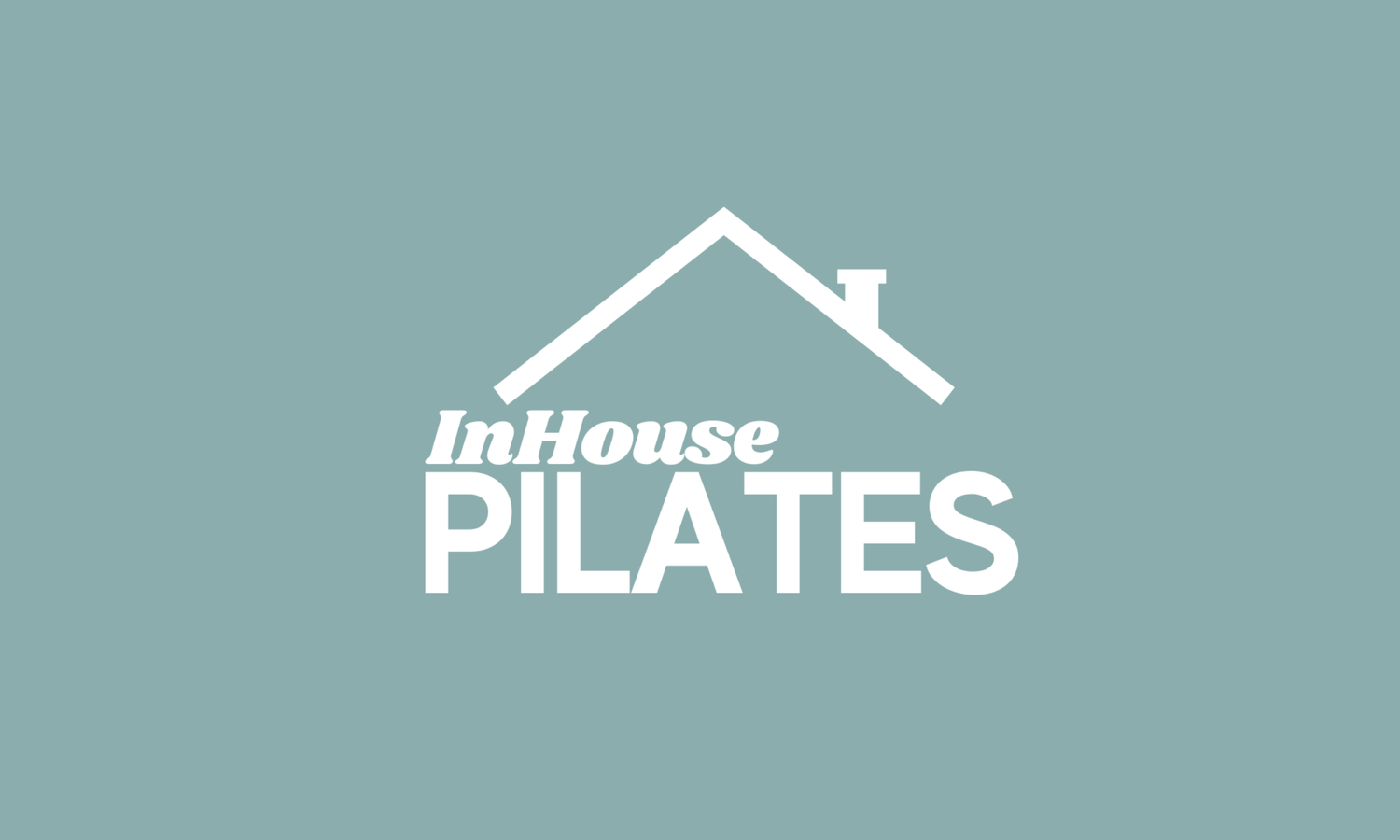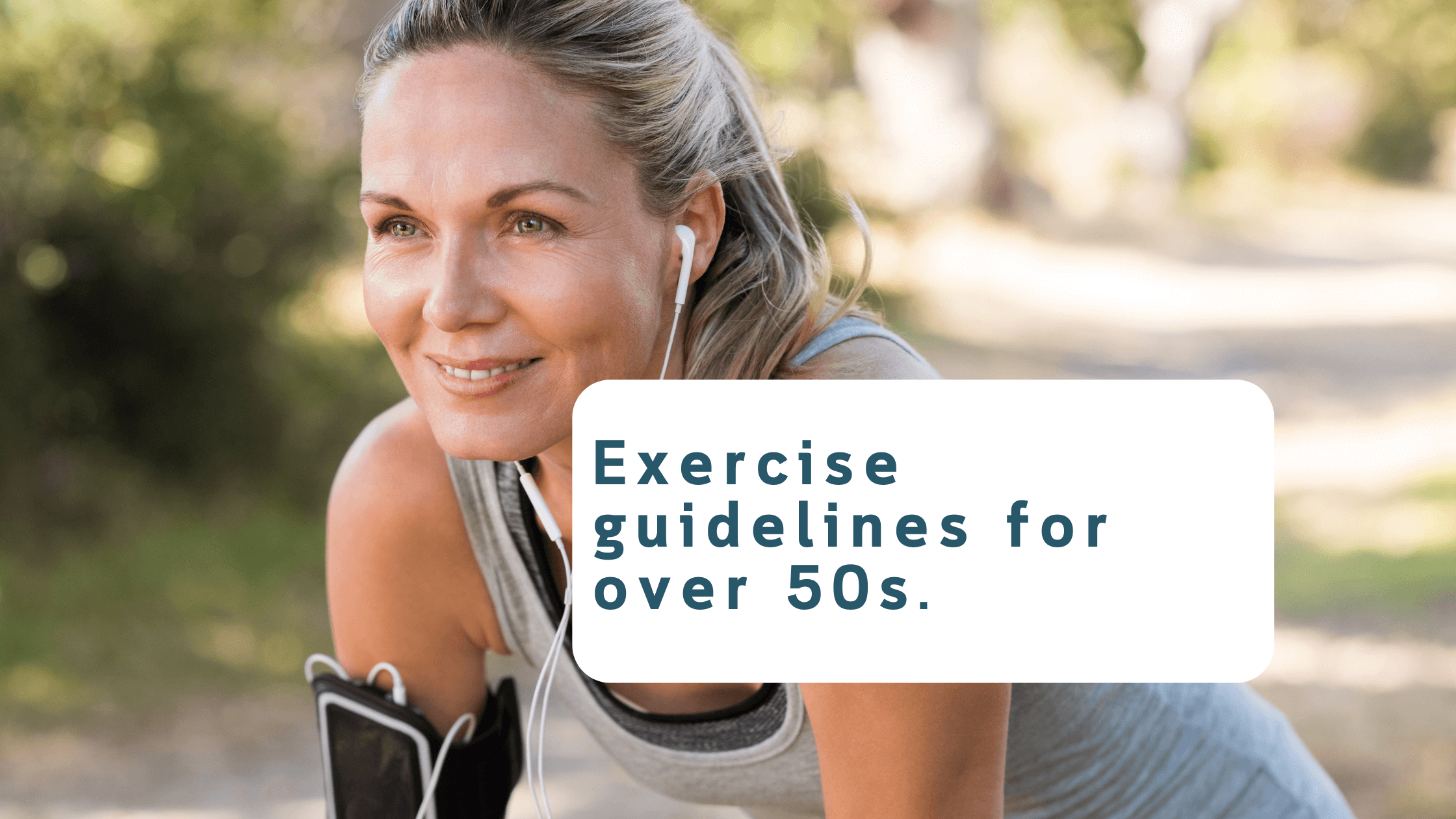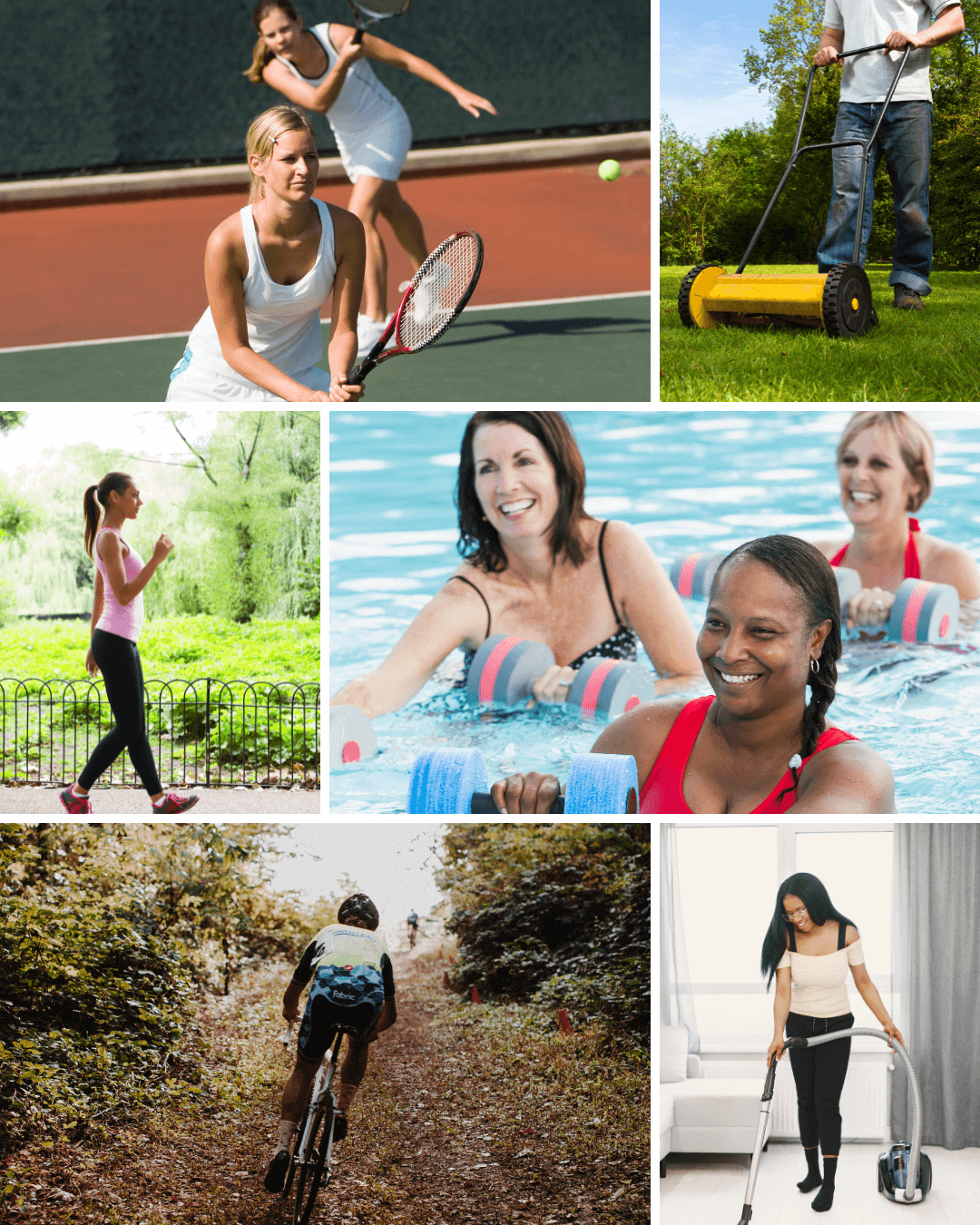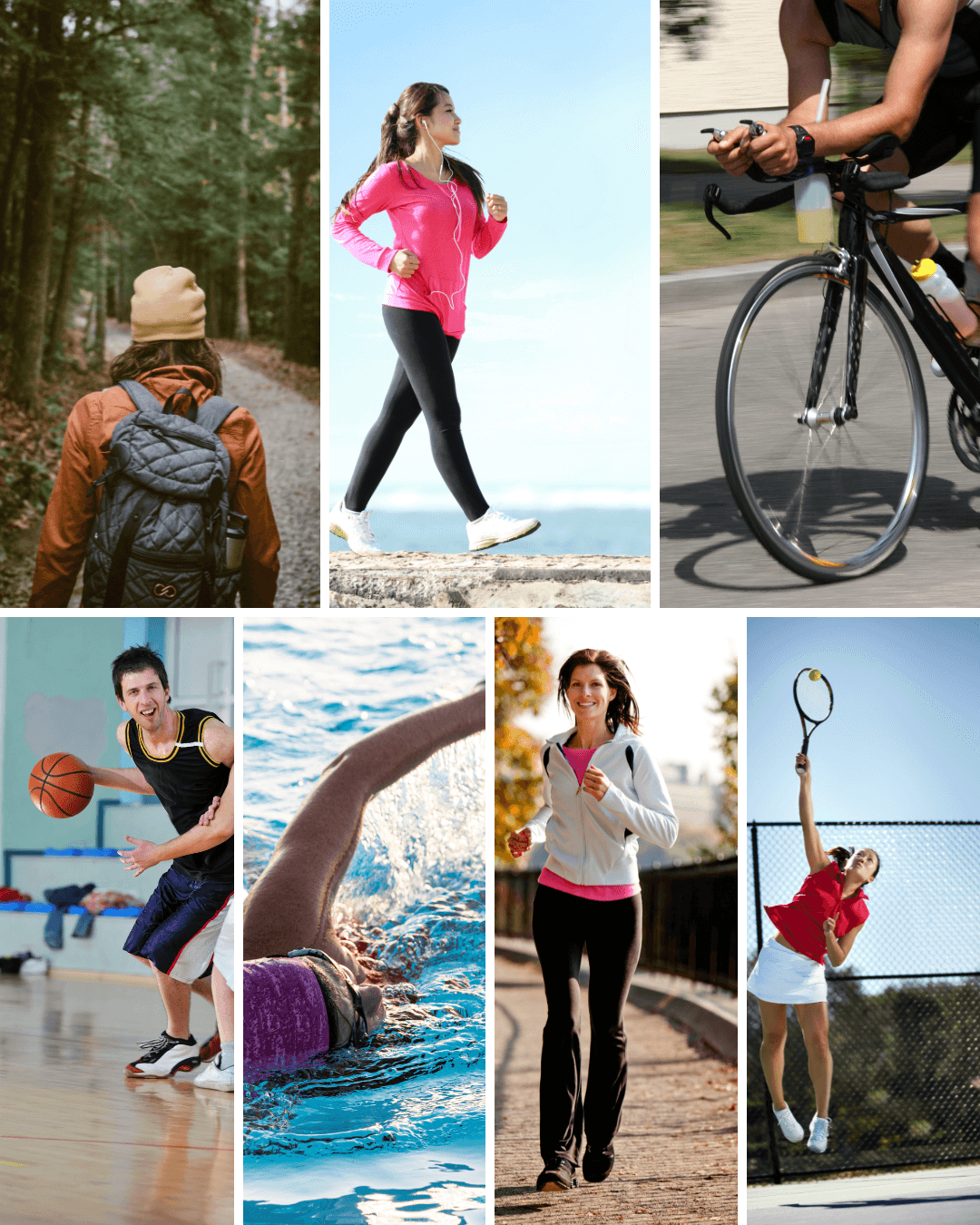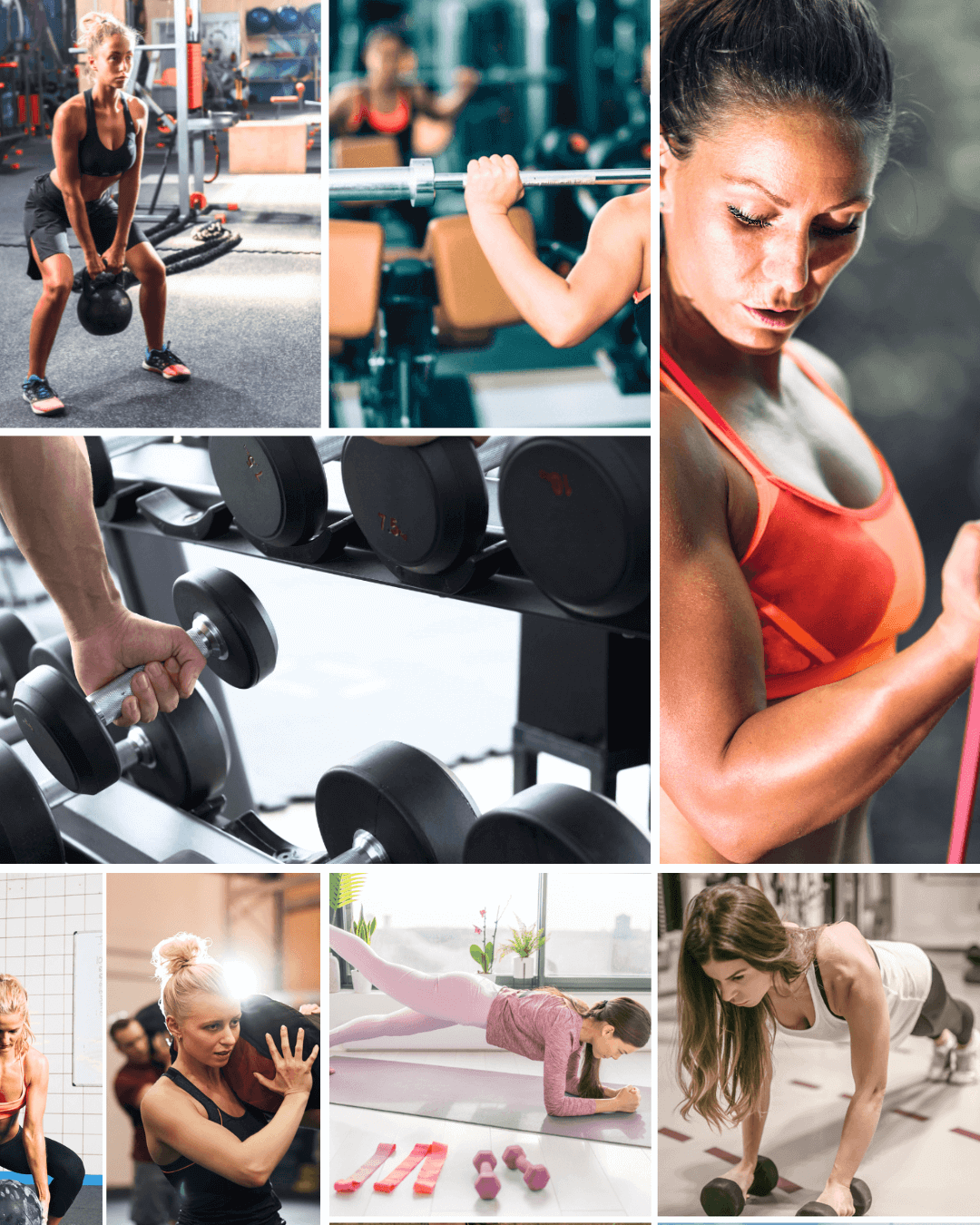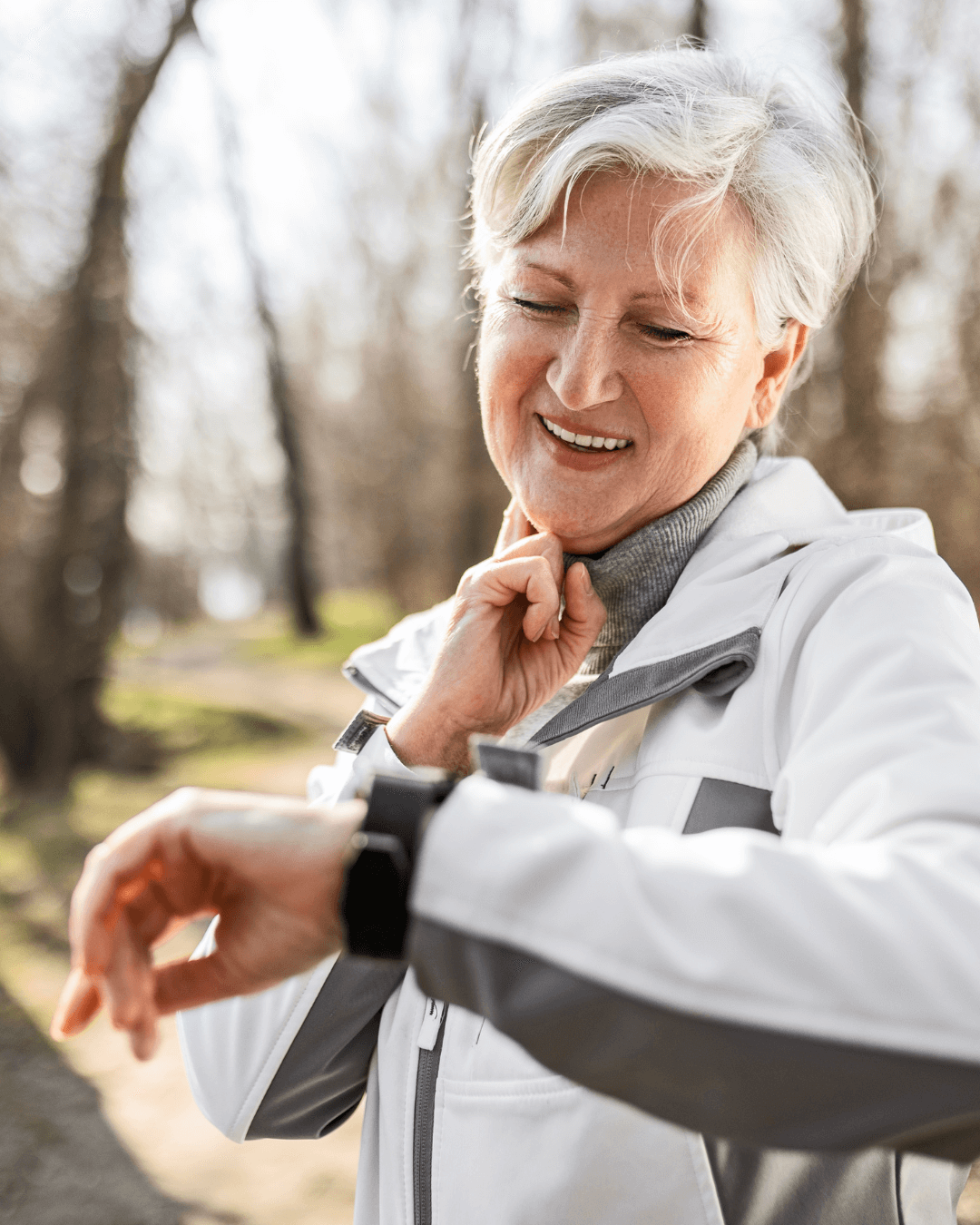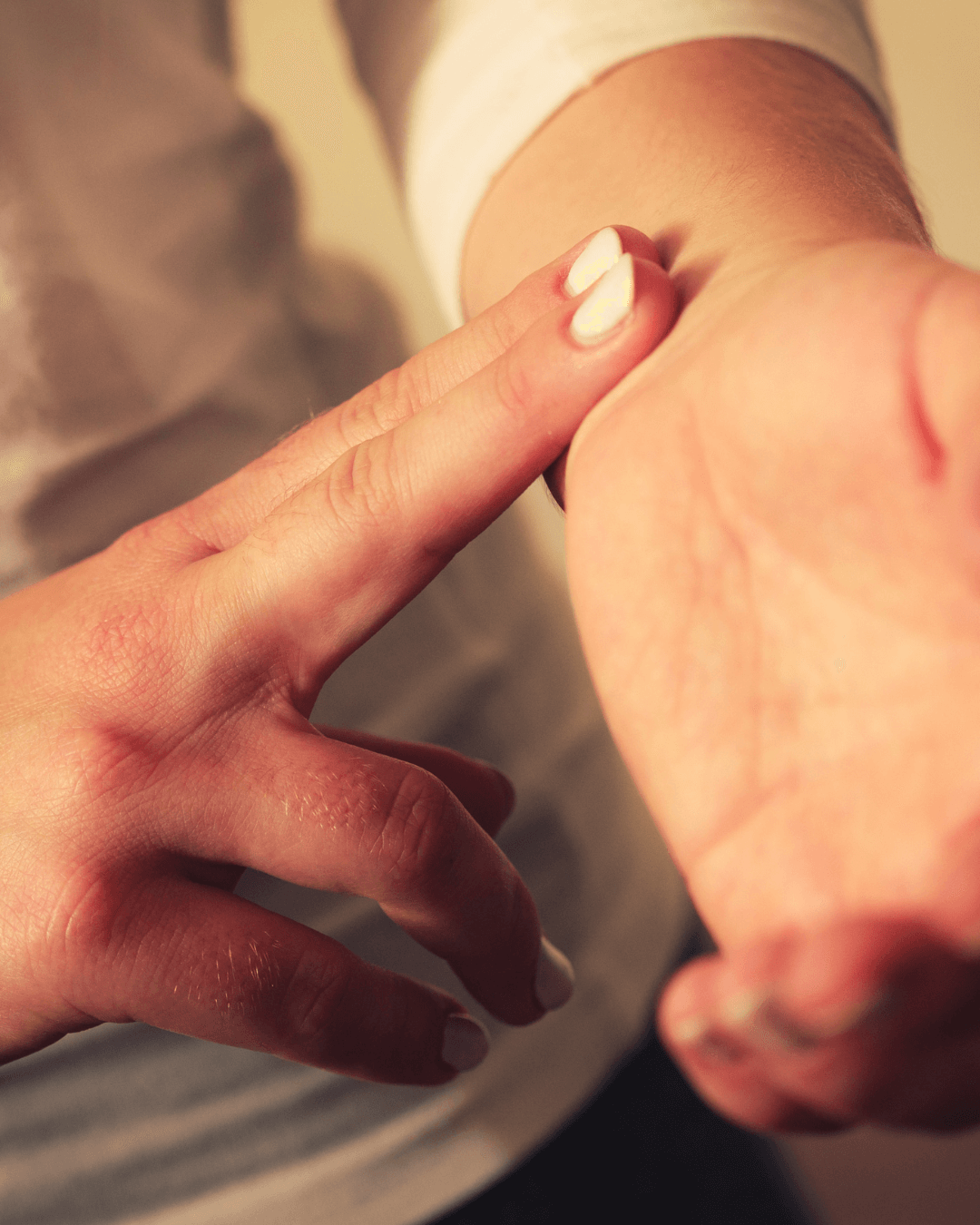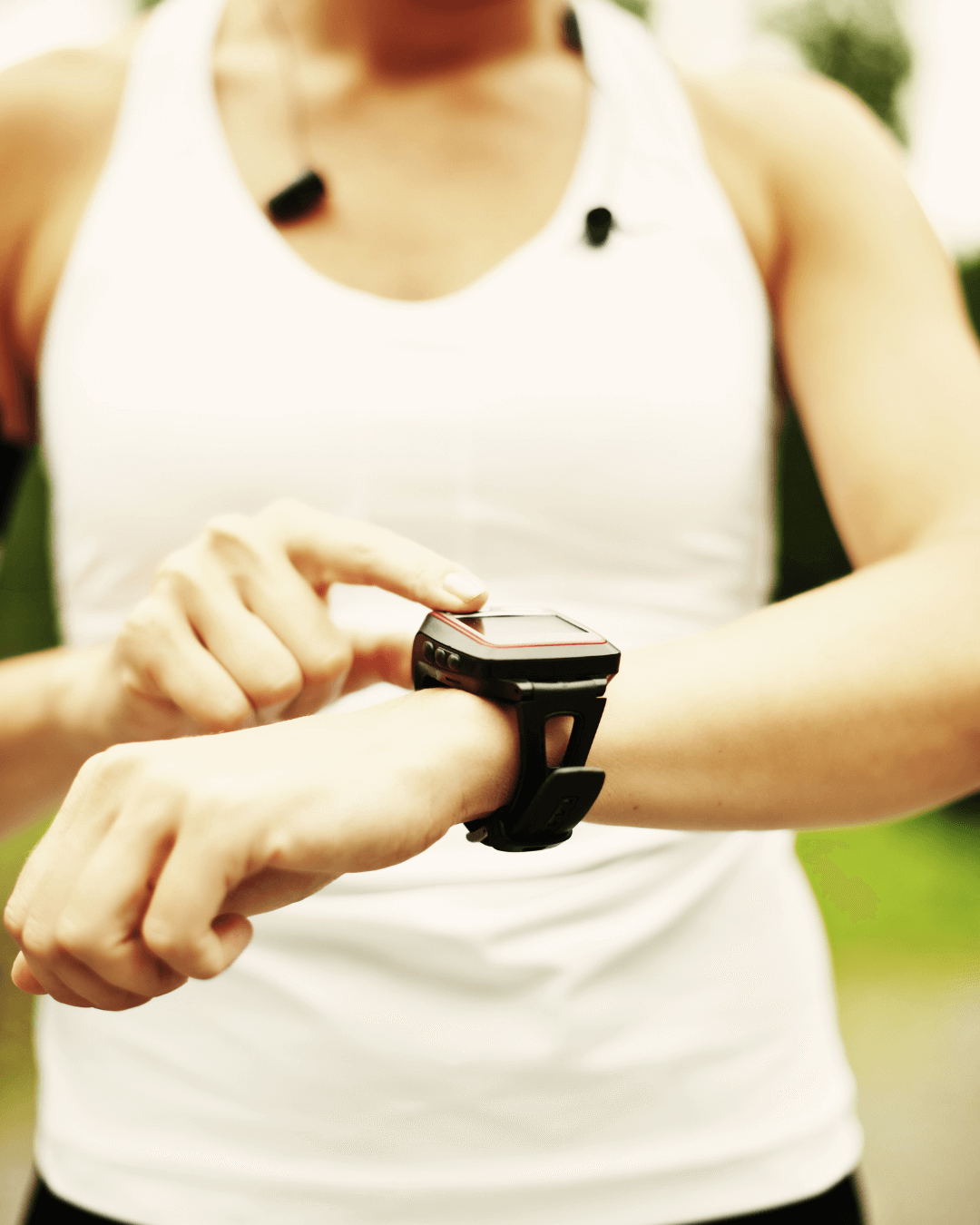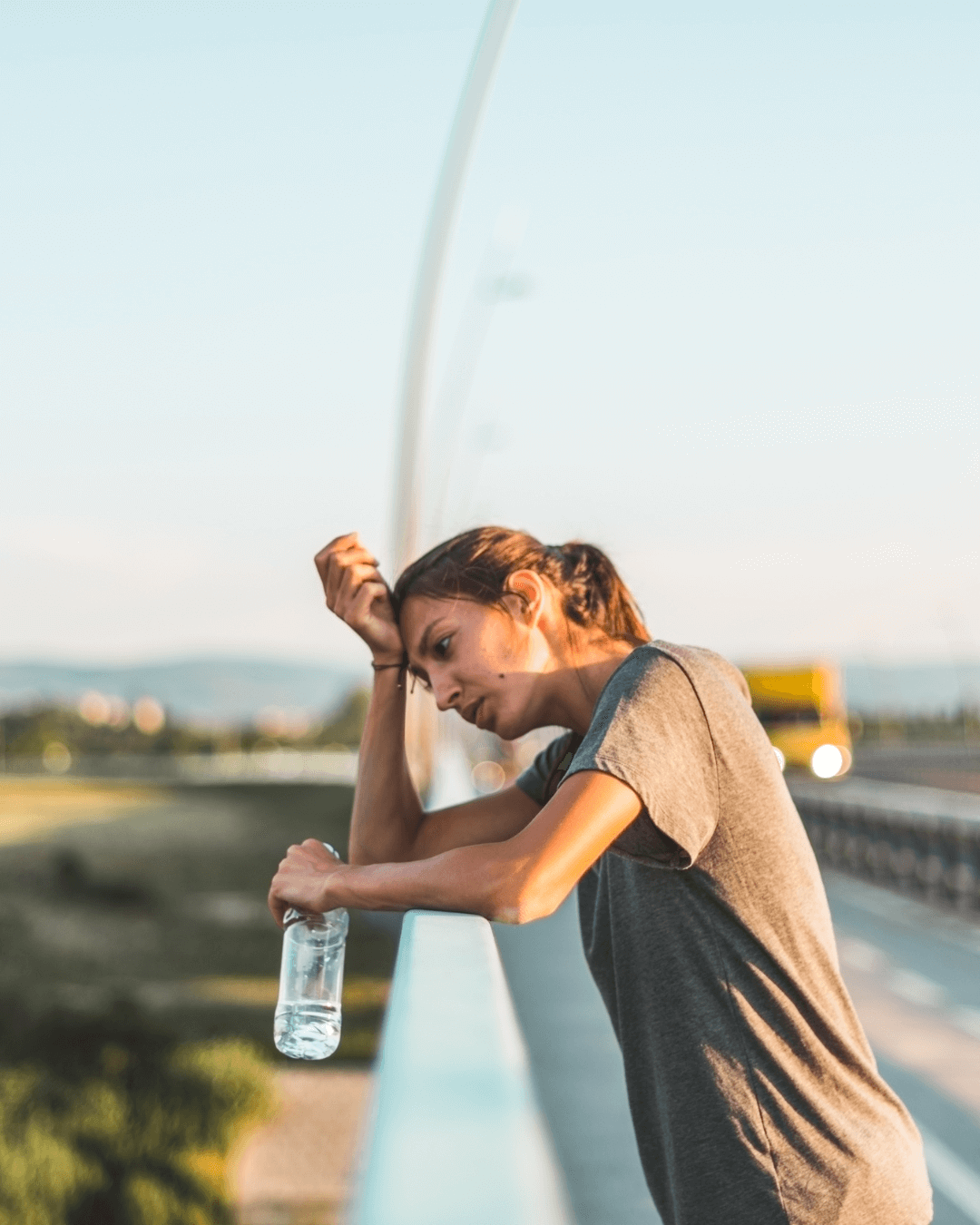Exercise guidelines for over 50s.
How much exercise is recommended for over 50s?
As we age and our body changes, so does our exercise needs.
56% of Australian adults are either inactive or have low levels of physical activity. Only 17.2% of older Australians meet the physical activity guidelines. - Australian Guidelines for Physical Activity and Exercise For Adults 18-64 years.
Sedentary behaviour is associated with poorer health outcomes, including an increased risk of type 2 diabetes.
Watching TV and DVDs, playing electronic games, using computers and surfing the internet may all be popular activities, but they usually involve either sitting or lying down for long periods. - Australian Government Department of Health.
Did you know? The average Australian sits for 8.6 hours per day. That’s more than the average person sleeps. Over the last two decades, research has linked prolonged sitting to chronic diseases, formulating the term "Sedentary Death Syndrome." - Move more, sit less.
Reducing your sitting by at least 3 hours a day – could not only extend your life by 2 years but also improve your quality of life. - University of Queensland
‘Just 22 minutes of exercise could counteract sitting too long.’ - Medical News Today
Being physically active has numerous benefits for overall health and wellbeing.
It can improve brain health, boost cardiovascular health, enhance mood, increase strength and energy levels, promote quality sleep, help control weight, prevent various illnesses and diseases such as heart disease, stroke, cancer, diabetes, Alzheimer's, osteoporosis, and arthritis, reduce anxiety, and minimise the symptoms of chronic conditions like menopause symptoms, joint pain, weight gain, lowered immune function, and poor digestion.
If that’s not enough, regular exercise also improves the ability to perform everyday activities, enhances coordination and balance, and helps maintain independence as we age.
Studies suggest that staying fit can prolong life and delay the onset of illnesses, with aerobically fit individuals typically experiencing chronic conditions later in life.
To read more about the benefits of physical activity, click here.
To read more about the immediate benefits and long-term benefits of physical activity, click here.
According to the Australian Government Department of Health and Aged Care, these are the guidelines for adults (18 to 64 years)
‘Adults should be active most days, preferably every day. Each week, adults should do either:
Accumulate 150 to 300 minutes (2 ½ to 5 hours) of moderate intensity physical activity or 75 to 150 minutes (1 ¼ to 2 ½ hours) of vigorous intensity physical activity, or an equivalent combination of both moderate and vigorous activities, each week.
A time saving tip: -
You may choose to do a combination of moderate and vigorous intensity activities. 10 minutes of vigorous intensity activity is equal to 20 minutes of moderate intensity activity
What is moderate-intensity exercise?
Moderate-intensity exercises are ‘physical activities make your heart beat a little faster and your breathing a bit harder. It’s like a level of exercise that feels somewhat challenging, but you’re not completely exhausted.’- Cleveland Clinic
Some examples of moderate-intensity exercises:
Walking fast.
Heavy cleaning (washing windows, vacuuming, mopping)
Pushing a lawn mower.
Playing recreational badminton
Doing water aerobics.
Riding a bike on level ground or with few hills.
Playing doubles tennis.
What is vigorous intensity physical activity?
If you're doing vigorous-intensity activity, you will not be able to say more than a few words without pausing for a breath, like: -
hiking,
race walking,
cycling fast,
basketball game,
soccer game,
jogging, or running,
swimming laps.
playing tennis (singles)
carrying heavy loads - Harvard School of Public Health
Include strength training on at least 2 days each week.
Strength training also known as resistance training is different to aerobic exercises (or cardiovascular exercise) like cycling, running or walking. Strength training is a form of physical activity focused on improving muscular strength, endurance, and size by gradually increasing resistance against muscle contraction.
A 2022 study in The British Journal of Sports Medicine found that people who did muscle strengthening exercises for just 30-60 minutes per week had a 10-20% lower risk of dying from all causes compared with people who did none.
To read more about ‘Understanding strength training’, click here.
Common types or forms of strength or resistance training include:
Weightlifting:
This involves lifting free weights, such as dumbbells, barbells and kettlebells.
Resistance bands:
These giant rubber bands – providing resistance when stretched. They are portable and can be adapted to most workouts. The bands provide continuous resistance throughout a movement.elastic bands provide resistance when stretched, making them suitable for various exercises.
Bodyweight exercises:
Activities like push-ups, pull-ups, squats, and planks use your own body weight as resistance. Your own body weight – can be used for squats, push-ups and chin-ups. Using your own body weight is convenient, especially when travelling or at work.
Machines:
Weight machines – devices that have adjustable seats with handles attached either to weights or hydraulics. Gyms often have strength training machines designed to target specific muscle groups, allowing users to adjust the resistance as needed.
Medicine balls or sand bags
– weighted balls or bags.
Suspension equipment
like TRX – a training tool that uses gravity and the user's body weight to complete various exercises.
To find out how strength training works, click here.
To find out how to get started, click here.
Doing any physical activity is better than doing none. If you do no physical activity right now, start by doing some, then slowly build up to the recommended amount.
Did you know that research reveals that exercise ‘snacks’ are not only beneficial but also a practical approach to exercise.
Building activity into your day
Physical activity doesn’t have to be structured. Making some small changes to your daily routine can make a big difference. For example, you could:
walk or ride your bike for short trips instead of driving
drive to a ‘park and ride’ spot, and walk or ride your bike the rest of the way
use the stairs instead of the lift or escalator
get off the bus one stop earlier and walk the rest of the way
park further away from your destination and walk
walk to the park to eat lunch.
Limiting time sitting and lying down
Long periods of sitting can offset the benefits of being physically active, so it’s important to:
reduce the time you spend sitting – for example, by organising walking meetings, using a standing desk, or enjoying a walk during your lunch break
break up long periods of sitting – for example, by doing lunges or star jumps or walking around when on the phone.’ - Australian Government Department of Health and Aged Care.
For more ways of ‘Simple sneaky ideas to get you moving’, click here.
How do you know at what intensity you are exercising at?
There are 3 different ways of measuring your intensity, namely:
talk test
exertion rating scale
target heart rate
Measuring your exercise intensity using the talk test.
The talk test is probably the easiest way of measuring your intensity.
If you can talk or sing without feeling puffed, you’re exercising at a low level.
If you can talk comfortably without gasping for breath, you’re exercising at a moderate intensity level.
If you’re only unable to say a few words, you’re exercising at a vigorous intensity.
2. Measuring exercise intensity using the exertion rating scale.
To measure how hard you're working out using the exertion rating scale, pay attention to your body's physical signals during exercise. This includes things like your heart rate going up, breathing getting faster, more sweating, and feeling your muscles getting tired. The goal is to keep these signs at a level 3 to 7 on the chart below to stay in a moderate intensity range.
Here's a breakdown of the exertion levels and their corresponding physical signs:
Level 0 - 1: No physical signs.
Level 2: Very minimal signs, just a sense of movement.
Level 3: Moderate signs, a stronger sense of movement.
Level 4: Somewhat hard, feeling warmth or light sweating.
Level 5: Hard, noticeable sweating.
Level 6: Harder, moderate sweating.
Level 7: Very hard, moderate sweating, but you can still talk.
Level 8: Extremely hard, heavy sweating, unable to talk.
Level 9: Maximum effort, very heavy sweating, unable to talk.
Level 10: Maximum effort, complete exhaustion.
As you become fitter, the same exercise will feel easier, and your exertion rating will go down.
Keeping a diary of your exertion ratings helps you track your fitness progress. When you notice that an activity is getting easier, it's a sign that you can increase your effort for better results.
During moderate-intensity exercise, you'll typically experience a faster heart rate, quicker breathing, a warmer feeling, slight swelling of hands and feet, mild to moderate perspiration, and some muscle aches if you're not used to the activity.
Being aware of your exercise intensity will ensure you're working out at the right level to achieve your health and fitness goals.
Aim for moderate intensity for the maximum health benefits.
3. Measuring exercise intensity using your target heart rate
Doctors and exercise specialists use the Karvonen formula to figure out your target heart rate for exercise. To find your target heart rate, start by calculating the following:
Subtract your age from 220 to get your maximum heart rate.
Next, subtract your resting heart rate from your maximum heart rate.
Multiply that number by your percentage of training intensity. Then, add your resting heart rate to get your target heart rate.
For example, a 50-year-old woman has a resting heart rate of 70. She wants to exercise at 50% intensity — the low end of the moderate-intensity range of 50% to 60%. The formula looks like this:
220 – 50 = 170 (maximum heart rate)
170 – 70 = 100
(100 × 50%) + 70 = 120 (target heart rate)
“If you’re interested in using formulas and heart rate monitors, I encourage their use,” Travers recommends. “A doctor or exercise specialist can even help you get started. If you prefer to skip the math and just incorporate the exercises above or others into your life, and you’re healthy enough to do so, you are still on the right track.”- Cleveland Clinic
How to measure or check your heart rate by taking your pulse: -
Find your pulse on your neck:
Place the tips of your pointing finger and middle finger on the side of the neck, below the jawline, next to your voice box.
Pressing gently down, count how many beats you can feel for 15 seconds using a stopwatch or watch with a second hand.
Time for one minute or If you lose count or get confused you can make it easier by timing for 15 seconds only and then multiply the number by 4 to equal a minute.
For example if you count 20 beats, multiply 20 by 4 equals 80 beats per minute.
Take your resting heart rate by taking your pulse as explained above or below, when you first wake up in the morning. Do this for 3 consecutive mornings.
Add these 3 number together and now divide them by 3, this is your resting heart rate.
Why do you need to know your what your resting heart rate is?
When you’re exercising and elevating your heart rate, whether you’re doing moderate-intensity or vigorous intensity physical activity, you will need to know what your heart rate is doing exercise and how quick you can recover to resting heart rate.
This is a great tool to see how you’re improving.
Find your pulse on your wrist.
Place the tips of your pointing finger and middle finger (not your thumb) at the base of your thumb.
Pressing gently down, count how many beats you can feel.
Continue as above.
Find your heart rate using a device like a smart watch.
Many people today exercise with some kind of device like a Fitbit or Apple watch. Though not perfect, these devices are improving all the time.
At the time of purchase, you can add your age and different heart rate zone that you may wish to work out in.
The great thing about these devices is that you’re able to download the info onto either onto the app, your laptop, or desktop etc and you can see how your fitness has improved over time.
Exercise intensity warning signs
If you experience any of the following symptoms, stop exercising and seek medical help:
extreme breathlessness
breathing problems such as wheezing or coughing
chest pain or pressure
extreme perspiration
dizziness or fainting
severe muscle pain or cramps
nausea
severe pain in any muscles or joints
extreme and long-lasting fatigue after exercising
For ‘Strategies for safe and effective workouts in hot weather’, click here.
“Ten minutes is the minimum amount of time you need to get the benefits of cardiovascular exercise,” Travers shares.
“I often tell patients to start with 10 to 20 minutes of any activity, and then, work your way up.
If you’ve been living a sedentary life, or if you have medical conditions that limit your activity, you need to ease yourself into fitness and see how your body responds.”
The bottom line
Moderate-intensity exercise is a great way to have a balanced fitness routine while not pushing yourself too hard. Especially if you’re just starting or you have certain health conditions that affect the way you react to exercise, it’s good to make sure you’re choosing moderate-intensity activities.
If you don’t know where to start with a fitness plan, talk to a healthcare provider or exercise physiologist who can help recommend exercises to help get you started on your fitness journey.
Source:
https://www.betterhealth.vic.gov.au/health/healthyliving/exercise-intensity#measuring-exercise-intensity-using-your-target-heart-rate
https://health.clevelandclinic.org/what-does-moderate-exercise-mean-anyway?utm_source=feedotter&utm_medium=email&utm_campaign=FO-01-19-2024&utm_content=httpshealthclevelandclinicorgwhatdoesmoderateexercisemeananyway#msdynttrid=WjRaoDhByrhZlV5hQzlTXTLPq3GkEYlBzxY3j40Yo-k
https://www.seniors.com.au/funeral-insurance/discover/exercising-over-50
http://www.helpguide.org/articles/exercise-fitness/exercise-and-fitness-as-you-age.htm,
Other healthy living resources, click the links below: -
